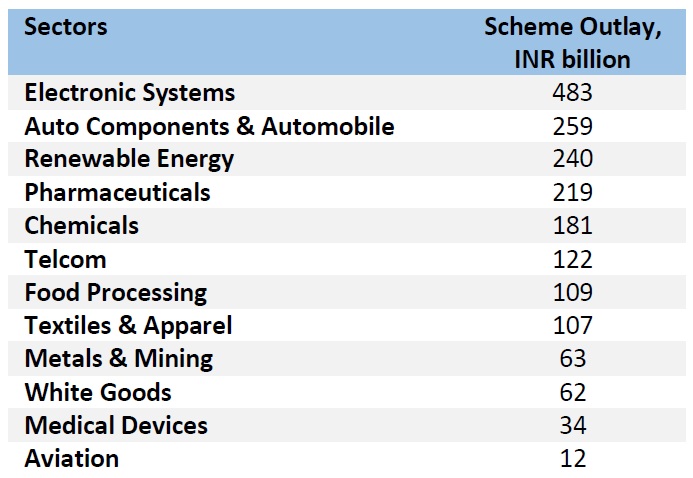Articles

India to overtake China as world’s most populous country
In April 2023, the United Nations made a projection that India has now become the most populous country in the world. While this headline has garnered significant attention, it is not a surprising or unprecedented development and was widely anticipated. The growth of India's population and the resulting shift in demographics have always been fundamental aspects of India's growth narrative. The presence of a larger proportion of working-age individuals ensures the availability of a plentiful and cost-effective labor force. India's "age dependency ratio" is expected to be 47.0% in 2023, which is lower than the global average of 55.6% for countries excluding India. This trend is expected to further improve over the next decade, as depicted in (Fig 1), thereby supporting the growth of disposable income and per capita consumption.

With a population of 1.4 billion, India constitutes 17.8% of the world population. In terms of working age population, the proportion is higher at 18.6%. An important and notable point is that in the next 10-years, 400 million people are projected to join the world’s working-age population, of which over 80 million will come from India. Labor cost in India has progressively become relatively cheaper compared to China (Fig 2). This places India in a favorable position for a manufacturing-led growth.

One could argue that India faces challenges in terms of productivity and the availability of a comprehensive supply chain ecosystem. However, the government's policies have been instrumental in fostering increased industrial activity. A noteworthy development in this regard is the implementation of the Production Linked Incentive (PLI) schemes (Fig 3), which began in November 2020. These schemes represent significant strides in the right direction. Moreover, there is healthy competition among various states to attract investments, resulting in expedited approvals and a consequential enhancement of the overall ease of doing business.

The effectiveness of such PLI schemes becomes evident when we examine the mobile phone assembly and manufacturing sector. It has garnered significant attention in the press that Apple intends to procure 25% of its production from India by 2025. This ambitious goal gains further credibility with the recent acquisition of a vast 1.2 million square meter land parcel by Foxconn, Apple's primary electronic contract manufacturer. Notably, Foxconn currently employs over 800,000 individuals in China.
Furthermore, our informal discussions with various companies indicate a similar trend in the manufacturing of consumer durables, automobile ancillaries, pharmaceutical drugs, specialty chemicals, capital goods, textiles, and precision components.
Disclaimer
The information contained in this document is intended solely for the purposes of information only and is not intended as an offer or solicitation by anyone in any jurisdiction in which such an offer or
solicitation is not authorized or to any person to whom it is unlawful to make such an offer or solicitation. This report has not been reviewed by the Monetary Authority of Singapore.


